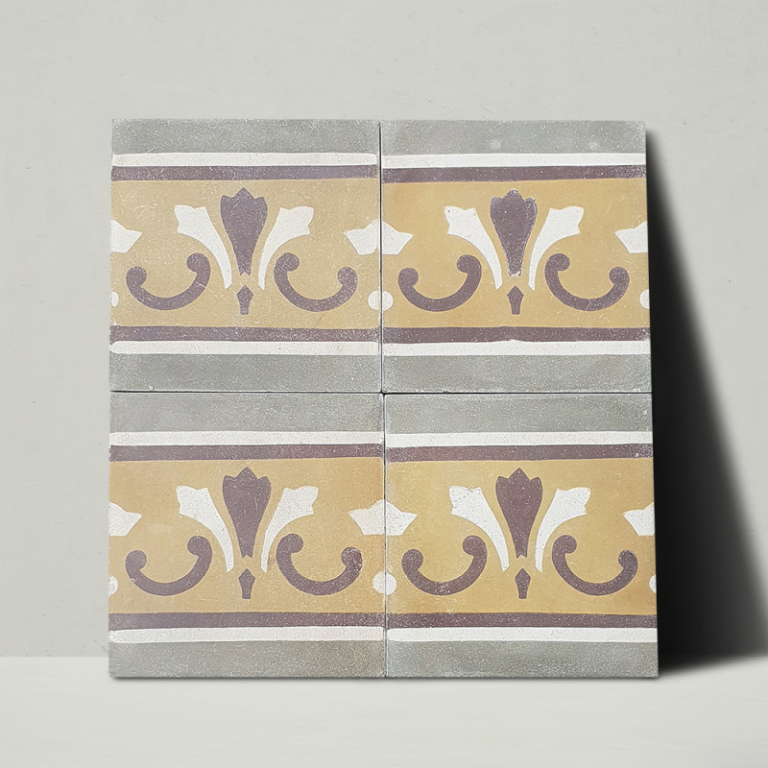Aluminum vs. Steel: Which Material is Right for You?
Have you ever wondered what makes things like bikes, cars, and soda cans strong and durable? Two of the most common materials used to build these things are aluminum and steel. But how do you know which one is better for your project? Let’s dive into the world of aluminum and steel to find out!
What is Aluminum?
Aluminum is a light and shiny metal. You might have seen it in soda cans, foil, or even in the frame of your bicycle. One of the coolest things about aluminum is that it’s really lightweight. This makes it perfect for things that need to be strong but not too heavy, like airplanes and cars.
Another important thing to know about aluminum is its melting point. The melting point of aluminum is much lower than that of steel. This means that aluminum melts at a lower temperature, which can be useful in some situations, like in certain types of manufacturing.
What is Steel?
Steel is another super strong material, but it’s heavier than aluminum. You might see steel in buildings, bridges, and even in the knives in your kitchen. Steel is made by mixing iron with other elements like carbon, which makes it much stronger than regular iron.
Because steel is heavier, it’s often used in things that need to be really strong and sturdy, like skyscrapers and cars. Steel also doesn’t melt as easily as aluminum, which means it can handle higher temperatures without changing its shape.
Comparing Aluminum and Steel
Now that you know a bit about aluminum and steel, let’s compare them to see which one might be right for your project.
Strength and Weight
One big difference between aluminum and steel is their weight. Aluminum is much lighter than steel, which makes it great for things that need to be strong but not too heavy, like airplanes or bike frames. On the other hand, steel is heavier and stronger, so it’s often used in buildings, cars, and bridges where a lot of strength is needed to hold everything together.
Durability and Rust
Regarding durability, both materials are tough, but steel has the upper hand in withstanding heavy loads. However, steel can rust if it gets wet and isn’t protected. Aluminum doesn’t rust, which makes it a good choice for things that will be outside in the rain or near the ocean, like boats or outdoor furniture.
Cost and Workability
Another important factor to consider is cost. Steel is usually cheaper than aluminum, which is why it’s often chosen for big projects. But aluminum is easier to shape and cut. With the help of precision CNC machining, aluminum can be shaped into all sorts of detailed and complex parts, which is why it’s often used in things like electronics or custom parts.
Temperature Resistance
Temperature can also affect which material you choose. The melting point of aluminum is lower than that of steel, which means aluminum might not be the best choice for things that get very hot. Steel can handle higher temperatures without melting, making it better for things like engines or cooking pans.
Conclusion
So, which material is right for you? If you need something light and resistant to rust, aluminum might be your best bet. But if you need something super strong and heat-resistant, steel is the way to go. Both materials have their strengths, and understanding these can help you make the right choice for your project!



